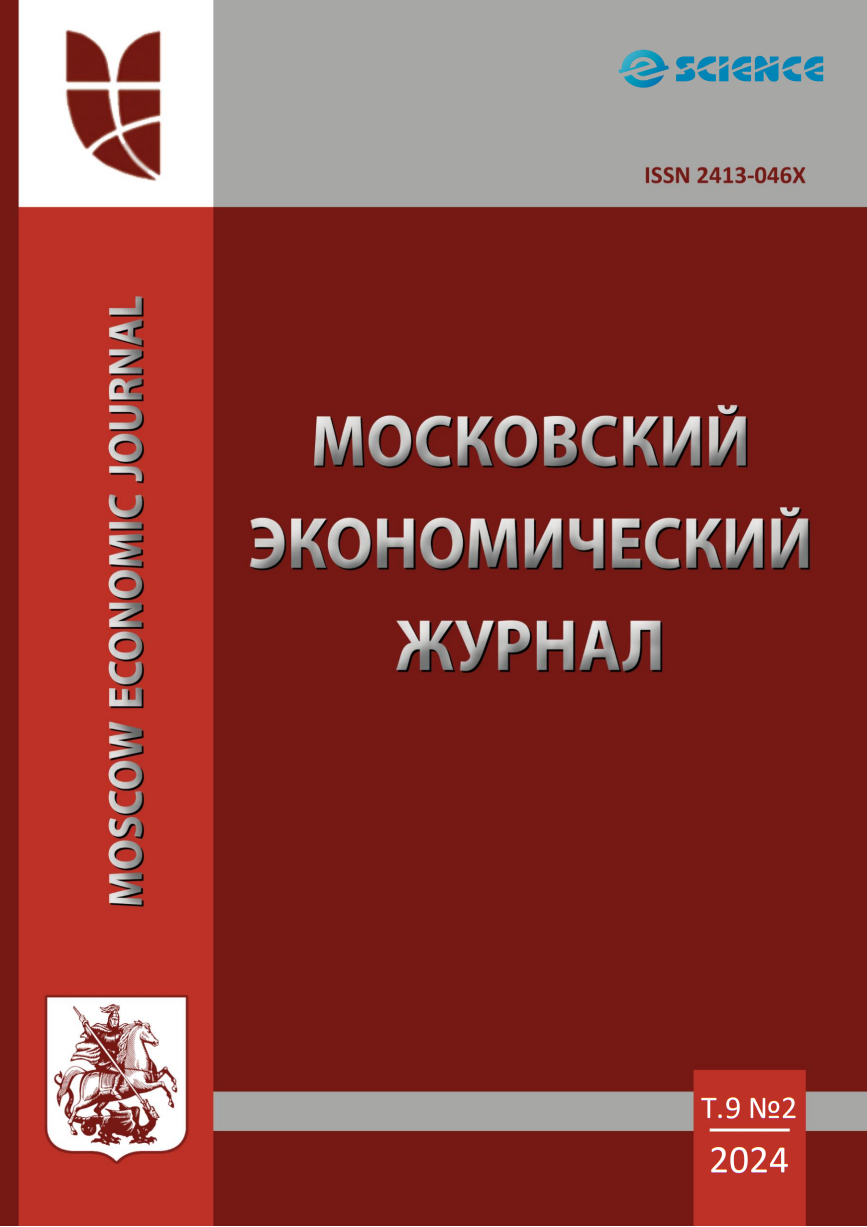UDC 504.03
This article analyzes the current state of plant communities on the territory of Lake Bolshoye Vavayskoye. The study covers the abundance, distribution and ecological relationships of the plant world. The article presents the results of field research conducted in different seasons of the year. The composition and structure of plant communities, as well as their functional characteristics, are described. Special attention is paid to the analysis of the impact of anthropogenic activities on the state of plant communities and their biodiversity. The study found that the plant communities of Lake Bolshoye Vavayskoye are characterized by a high level of biodiversity. In the studied phytocenoses (shrub larch with dwarf cedar, cedar dwarf lingonberry-ledum, lingonberry-lichen larch, fir-spruce moss, fir-spruce shrub, meadow, etc.) grow 283 species of vascular plants, which represent 18.03% of the total number of vascular plants o. Sakhalin, 5 rare plant species listed in the Red Books of the Russian Federation and the Sakhalin Region were also identified, such as Picea glehnii, Taxus cuspidata, Nuphar pumila, Nymphaea tetragona, Arália cordata. However, the study also showed that anthropogenic impact on the lake has a negative impact on the state of plant communities. In particular, signs of water pollution and deforestation have been identified, which leads to a decrease in biodiversity and deterioration of the environmental situation. The authors of the article draw attention to the importance of preserving this natural resource and its environmental sustainability, since in recent decades the territory has undergone anthropogenic impact. The study also highlights the importance of long-term monitoring and environmental control of the area to ensure the conservation of the lake's biodiversity and ecosystems for future generations. The results of the study may be useful for organizing nature conservation and developing an environmentally sustainable approach to the use of resources in the region.
vascular plants, phytocenosis, community, forest type
1. Barkalov V.Yu., Taran A.A. Spisok vidov sosudistyh rasteniy ostrova Sahalin // Rastitel'nyy i zhivotnyy mir ostrova Sahalin (Materialy Mezhdunarodnogo sahalinskogo proekta), 2004. - № 1. S. 39-66.
2. Bioraznoobrazie Sahalinskoy oblasti : uchebnoe posobie / Ya. V. Denisova, I. V. Eremenko, Ya. P. Belyanina i dr. - Yuzhno-Sahalinsk : izd-vo SahGU, 2012. - 400 s.
3. Belyanina, Ya.P. Geoekologicheskaya ocenka landshaftov yugo-vostochnoy chasti ostrova Sahalin: avtoreferat dis. ... kandidata geograficheskih nauk : 25.00.36 / Belyanina Yana Pavlovna; [Mesto zaschity: Gos. un-t po zemleustroystvu]. - Moskva, 2017. - 23 s
4. Krestov, P.V. Botaniko-geograficheskoe rayonirovanie ostrova Sahalin / P.V. Krestov, V.Yu. Barkalov, A.A. Taran // Rastitel'nyy i zhivotnyy mir ostrova Sahalin (Materialy Mezhdunarodnogo sahalinskogo proekta). Chast' I. - Vladivostok: Dal'nauka, 2004. S. 67-92.
5. Krasnaya kniga RSFSR. Rasteniya. M.: Rosagropromizdat, 1988. - 592 s.
6. Krasnaya kniga Sahalinskoy oblasti: Rasteniya i griby / Otv. Red. V.M. Eremin. - Kemerovo, 2019. - 354 s.
7. Popova Ya.P., Denisova Ya.V. Ekologo-cenoticheskaya harakteristika pischevyh rasteniy yugo-vostochnoy chasti ostrova Sahalin // Mezhdunarodnyy zhurnal prikladnyh nauk i tehnologiy "Integral", 2021. - №2.











